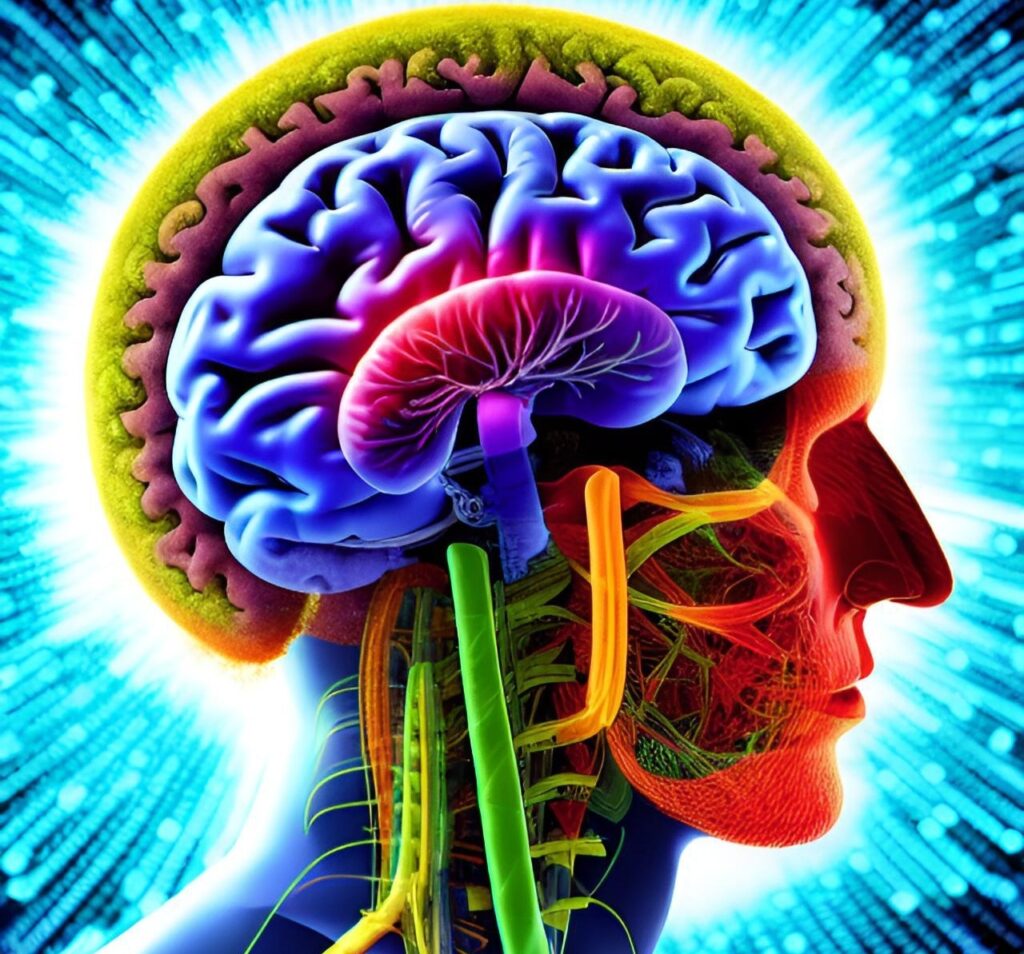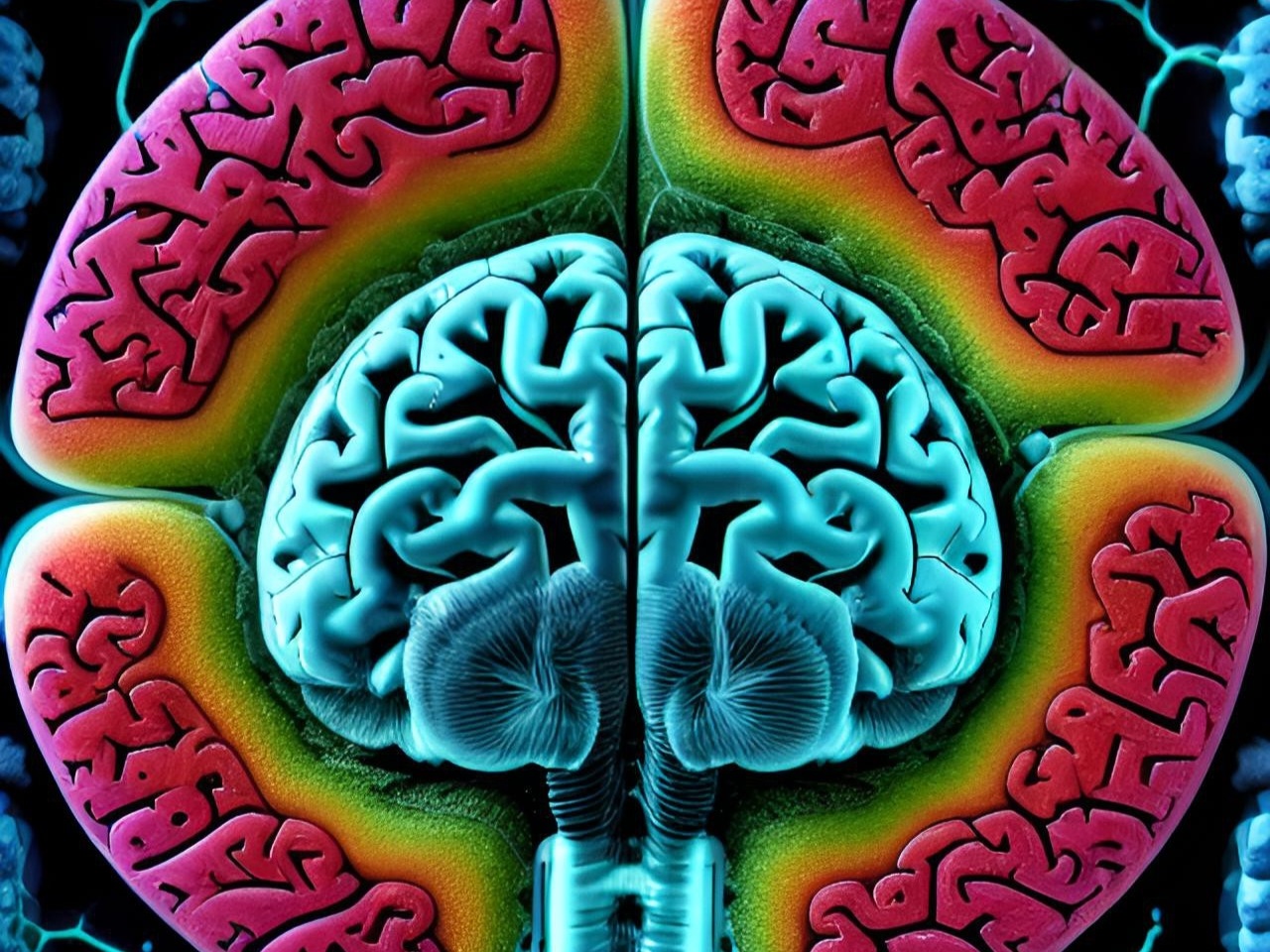The exploration of the brain and its intricate networks has become a significant focus in understanding mental health and psychopathology. One of the most intriguing areas of research is the Default Mode Network (DMN), a network of brain regions that shows increased activity during rest and is thought to be involved in self-referential thought, mind-wandering, and the processing of internal information. This article explores the relationship between the DMN and various forms of psychopathology, examining whether all psychopathological conditions can be traced back to dysfunctions within this network.
The Default Mode Network primarily includes the medial prefrontal cortex, posterior cingulate cortex, and the angular gyrus. This network becomes active when individuals are not focused on the external environment and are instead engaged in introspection or recalling memories. Studies have shown that the DMN is less active during goal-directed tasks, suggesting that it plays a crucial role in self-referential and spontaneous thought processes.
The DMN and Psychopathology
Research has increasingly suggested that abnormalities in the DMN may be linked to various mental health disorders. For example:
1. Depression
Individuals with major depressive disorder often exhibit hyperactivity in the DMN, particularly in regions associated with self-referential thought. This hyperactivity may contribute to negative rumination, a hallmark of depression.
2. Anxiety Disorders
Similar patterns of DMN dysregulation have been observed in anxiety disorders. Heightened DMN activity may lead to excessive worry and preoccupation with negative outcomes.
3. Schizophrenia
Dysfunctions in the DMN have also been implicated in schizophrenia, where patients may struggle with self-awareness and reality testing, leading to hallucinations and delusions.
4. Autism Spectrum Disorder (ASD)
Individuals with ASD often show altered DMN connectivity, which may affect their ability to engage in social cognition and understand others’ perspectives.
These examples illustrate a growing consensus that the DMN plays a significant role in the pathophysiology of various mental health disorders. However, the question remains: does all psychopathology lie within the DMN?

Limitations of the DMN Hypothesis
While the DMN has been a focal point in understanding psychopathology, it is crucial to recognize its limitations:
1. Complex Interactions
Mental health disorders are multifaceted and cannot be attributed solely to dysfunctions in the DMN. Other brain networks, such as the salience network (involved in detecting and responding to important stimuli) and the executive control network (responsible for cognitive control), also play critical roles in mental health.
2. Individual Variability
Each individual’s experience of psychopathology is unique. Factors such as genetics, environment, and personal history contribute to the complexity of mental disorders. A one-size-fits-all approach that solely focuses on the DMN fails to account for this variability.
3. Methodological Challenges
Most studies examining the DMN and psychopathology rely on neuroimaging techniques, which can be influenced by numerous factors, including the participant’s state during scanning, the specific tasks used, and the analytical methods employed. These variables can complicate the interpretation of results.
4. Developmental Considerations
The DMN undergoes significant changes throughout development. Understanding how these changes impact the emergence of psychopathology is essential for a comprehensive view of mental health.
A Broader Perspective
Instead of viewing the DMN as the singular source of all psychopathology, it may be more beneficial to adopt a network perspective. This approach considers the interplay between various brain networks and how they relate to cognitive processes and behavior. By recognizing the DMN’s role within a broader network context, researchers can better understand the complexities of mental health and develop more targeted interventions.
Conclusion
While the Default Mode Network is undoubtedly a crucial player in the landscape of psychopathology, it does not serve as the sole determinant of mental health disorders. A holistic understanding of psychopathology requires consideration of multiple brain networks, individual differences, and the dynamic interplay between biological, psychological, and social factors. Future research should aim to unravel these complexities, fostering a more nuanced understanding of the brain and its role in mental health. Only then can we hope to develop effective interventions that address the diverse needs of individuals experiencing psychopathological conditions.




